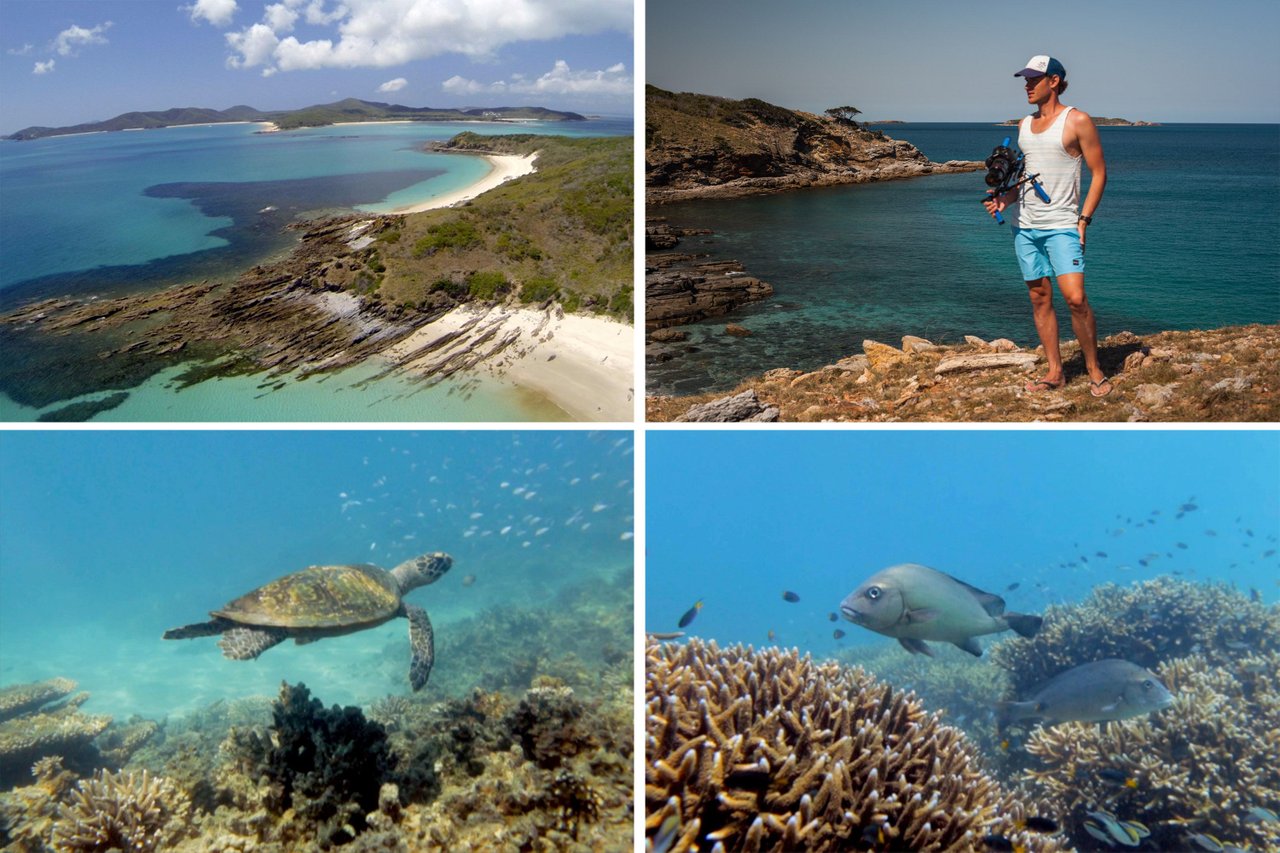After the success of My Saltwater Sanctuary, we were approached by the Save Our Marine Life Alliance to look deeper into the science of marine protected areas (MPAs) and create a film that would educate people on the scientific benefits of marine protected areas. For me, this was an exciting opportunity, since it would bring together my university studies with our film making. The film would focus on a few beautiful locations and in each place we would identify a particular species that was benefiting from protection.

Firstly, we drove from Sydney to Queensland, to the edge of the Great Barrier Reef. We explored Great Keppel Island and then went further north to visit Orpheus Island, which is located to the north in the Palm Island group.
Here, we were to film a story about a James Cook University scientist named David Williamson. He has worked closely with local Rockhampton fishermen to show that the coral trout population (a favourite fish targeted by recreational and commercial fishers) is benefiting from marine protection. He found that the coral trout in protected areas had actually doubled since the 1980's and that these fish were actually helping to replenish areas that were open to fishing.

It was a ground breaking study that showed how important the network of marine reserves on the Great Barrier Reef are for fish stocks. The experiment involved catching as many fish as they could from the protected areas, injecting them with a barium isotope and releasing them back into the water. The barium isotope was passed down to the offspring, so by catching fish outside of the protected area that had recordings of this marker indicated that the protected areas were working. Many thought that the likelihood of catching any fish exhibiting the marker would be so low that the experiment would not work. However, a surprising level of fish they caught had the marker and thus the researchers were able to demonstrate that the protected areas were having a significant effect on the areas surrounding that were open to fishing.
We also meet up with one of the Rockhampton fishermen, the founder of Infofish, Bill Sawynok. Each year he hosts an annual fishing competition, the Rocky Barra Bounty, where fisherman come every year to try and catch the biggest barramundi. The competition is a catch and release competition and all fish caught were measured and weighed giving researchers a wealth of information on the fish populations of the river. Infofish have collected an enormous amount of data over the years and some of this information was even used in the zoning of the Great Barrier Reef Marine Park.
More to come from The Sea & Me film project soon, next we travel to Ningaloo Reef on the Western Australian coast...
